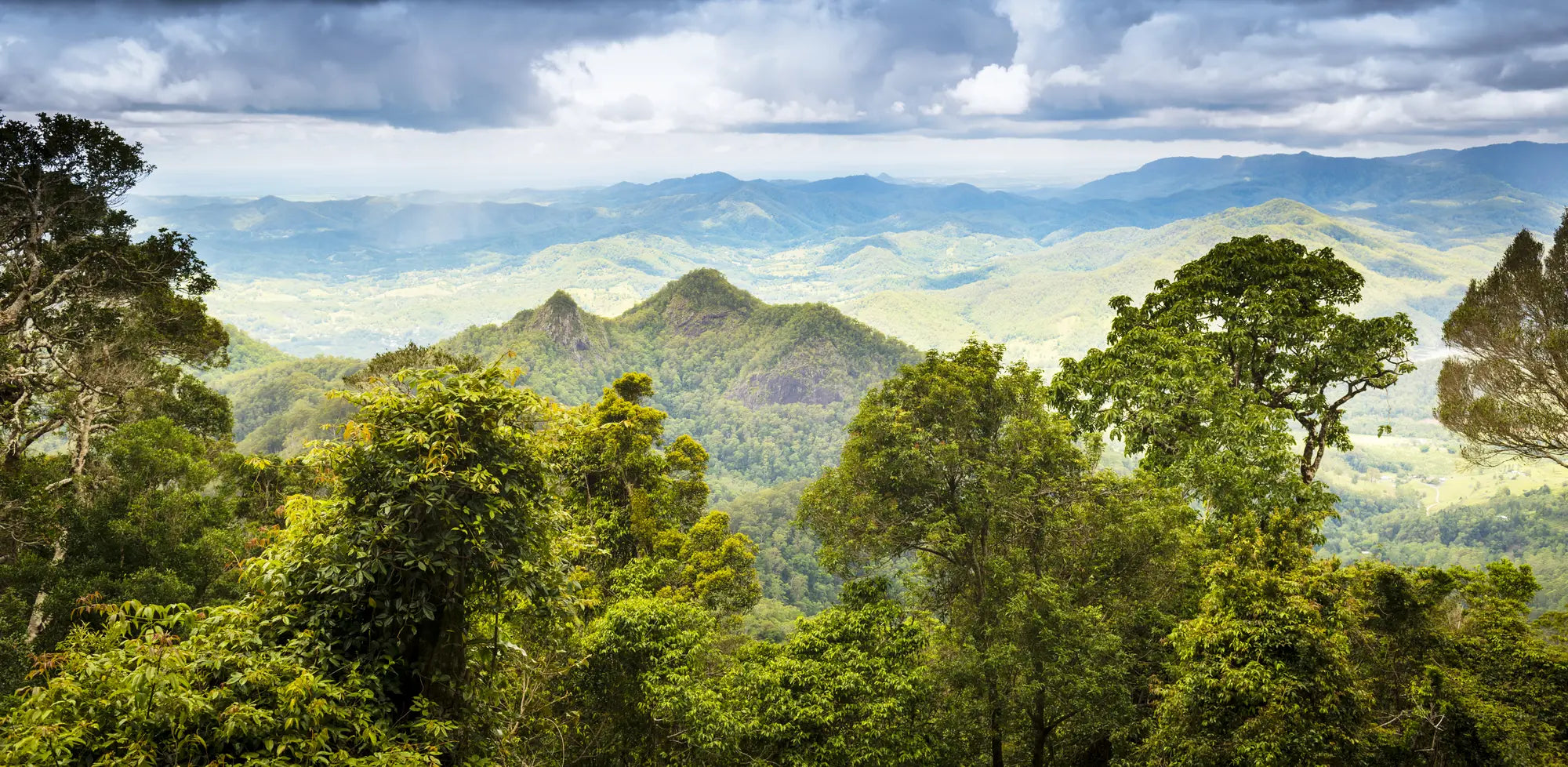Buy our Australian Manuka Honey
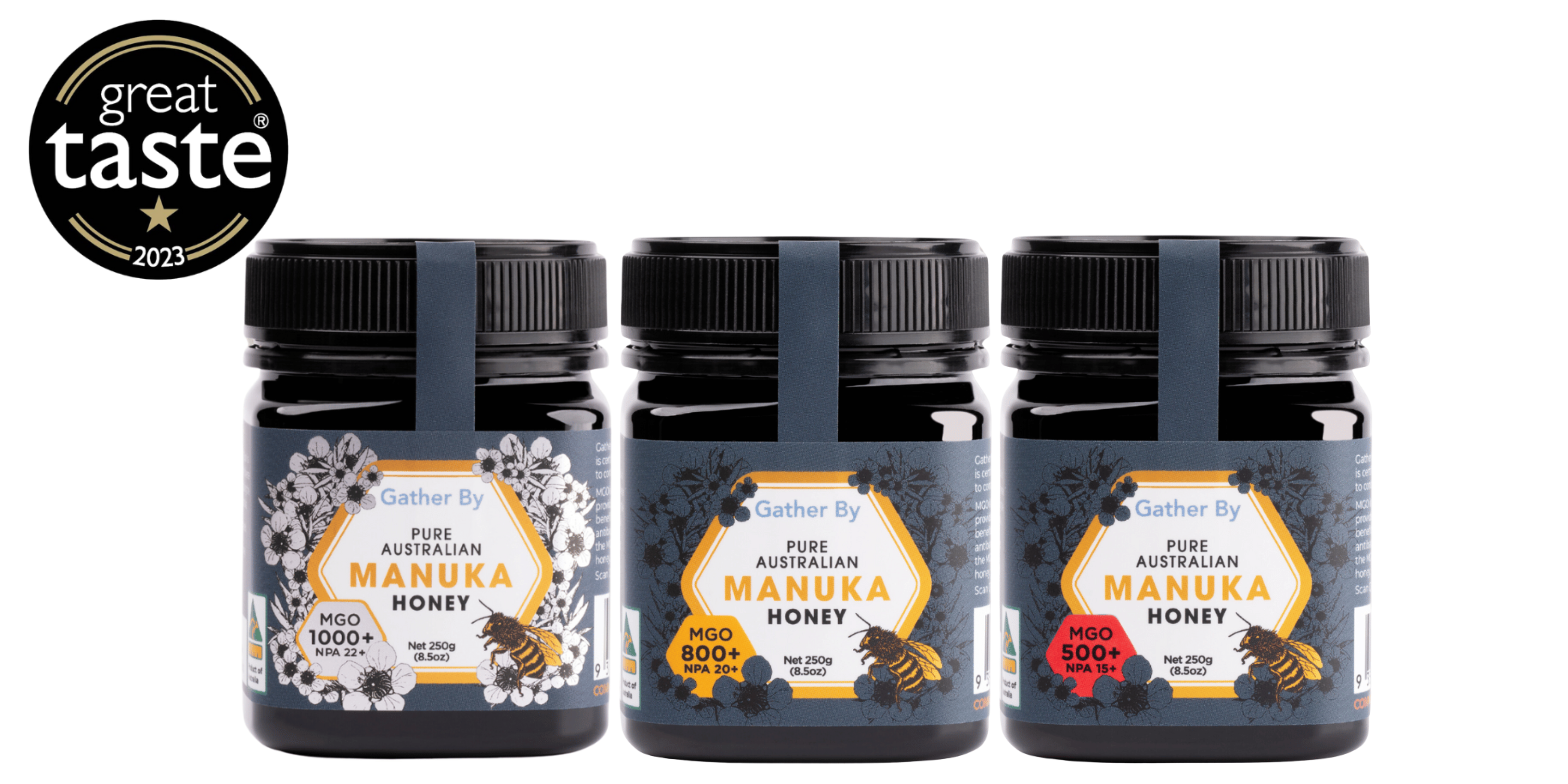
As seen on TV
Let customers speak for us
The Best Australian Manuka honey by far
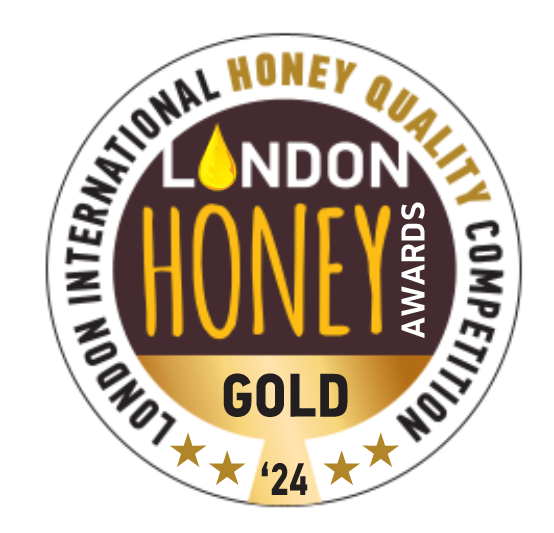
The “blind” method is used for tasting the honey, without packaging and without any type of distinctive feature visible. The samples are evaluated by the Jury Panel
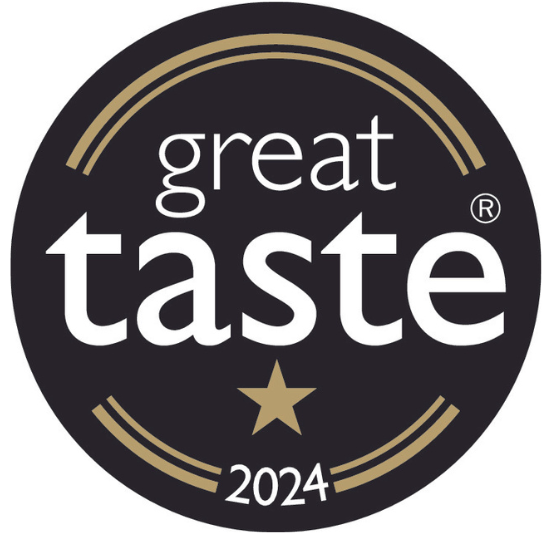
Great Taste is the world's largest and most trusted food and drink accreditation scheme.
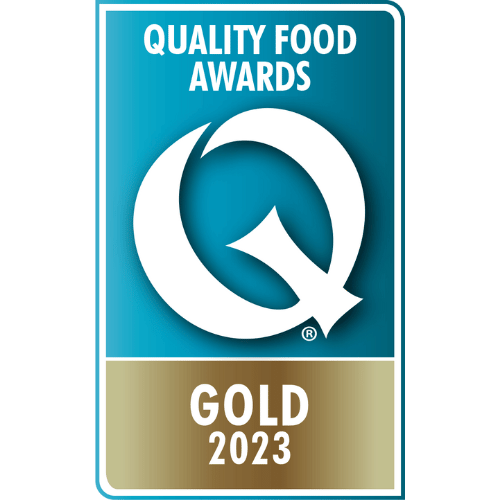
Quality Food Awards are the longest-running, most prestigious awards in the food and drink industry in the UK
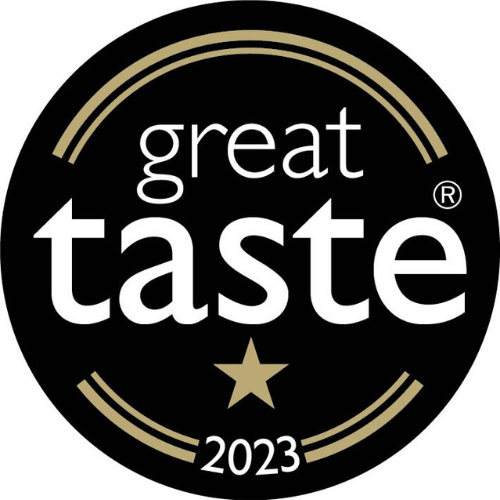
Great Taste is the world's largest and most trusted food and drink accreditation scheme.
Frequently Asked Questions
Manuka honey is a unique and highly prized type of honey that comes from the nectar of various Manuka bushes, particularly those rich in Dihydroxyacetone (DHA). While New Zealand is known for its single variety of Manuka (Leptospermum scoparium), Australia is home to over 15 different varieties of high-active Manuka bushes, all contributing to the production of this exceptional honey.
Manuka honey stands out due to its high levels of Methylglyoxal (MGO), a compound responsible for its potent antibacterial effects. Unlike regular honey, which relies mainly on hydrogen peroxide for its antibacterial activity, Manuka honey’s effectiveness is attributed to its non-peroxide activity, ensuring it remains effective even when hydrogen peroxide is neutralized.
MGO stands for Methylglyoxal, a naturally occurring compound found in Manuka honey. MGO is the primary factor that gives Manuka honey its unique and potent antibacterial properties, setting it apart from other types of honey.
Methylglyoxal is important because it is a robust antibacterial agent that remains stable over time, even when exposed to heat and light. This stability means that Manuka honey retains its antibacterial properties and effectiveness longer than other honeys, which rely mainly on hydrogen peroxide for their antibacterial activity.
The concentration of MGO in Manuka honey is measured in milligrams per kilogram (mg/kg). The higher the MGO rating, the stronger the antibacterial properties of the honey. For example, an MGO rating of 100 means there are at least 100 milligrams of Methylglyoxal per kilogram of honey.
DHA stands for Dihydroxyacetone, a naturally occurring compound found in the nectar of Manuka flowers. DHA is the precursor to Methylglyoxal (MGO), the compound that gives Manuka honey its unique and potent antibacterial properties.
The UMF (Unique Manuka Factor) rating is a trademarked term used predominantly in New Zealand to measure the antibacterial strength of Manuka honey. This rating system was developed and is regulated by the Unique Manuka Factor Honey Association (UMFHA) of New Zealand, which holds the patent for this specific measurement.
The UMF rating measures the Non-Peroxide Activity (NPA) in Manuka honey. NPA refers to the antibacterial activity that is not related to hydrogen peroxide, a common antibacterial agent in most other types of honey. Like in Australia, the UMF rating also considers the presence of other important markers like Dihydroxyacetone (DHA) and leptosperin, ensuring the honey’s authenticity and potency.
Manuka Honey Benefits
Manuka honey offers a range of benefits from treating wounds, and infections, to reducing pain and inflammation through its anti-inflammatory action. Manuka honey is also rich in antioxidants which have a role in overall health and boosting the immune system.








